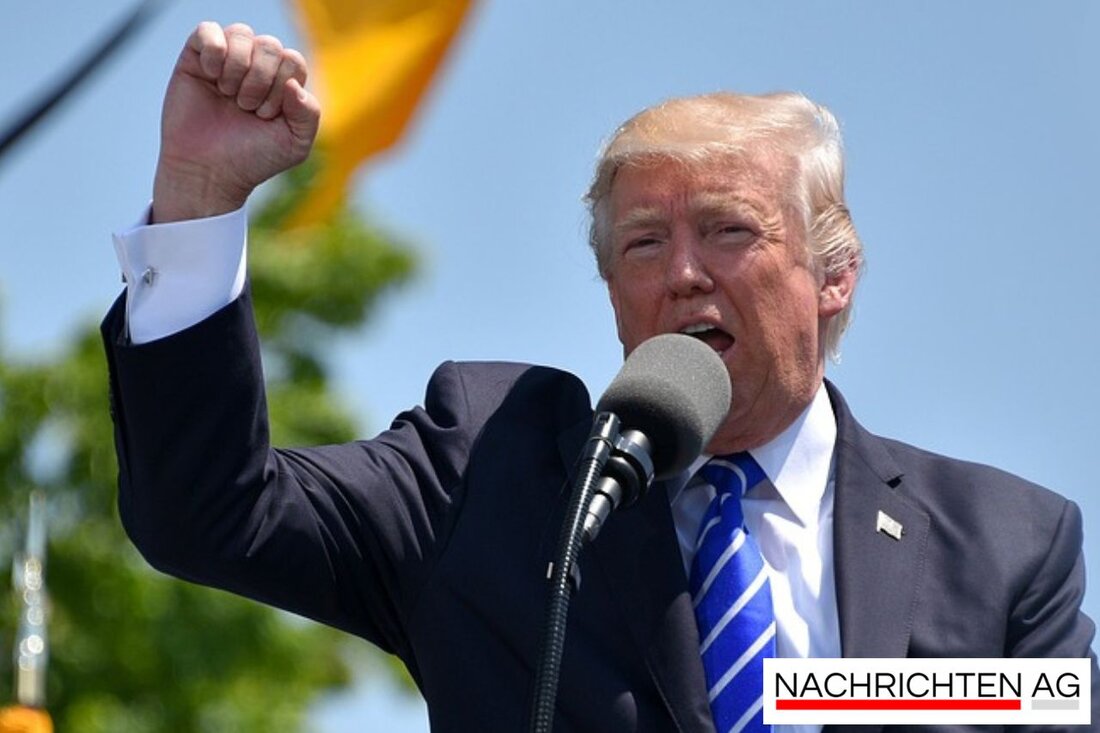Iran increases uranium stock by 50%: is there a threatening a nuclear conflict?
Iran increases uranium stock by 50%: is there a threatening a nuclear conflict?
The International Atomic Energy Organization (IAEA) has again published worrying information about the Iranian nuclear program. According to a report dated May 17, 2025, Iran has increased its stock of highly -enriched uranium in the past three months by 50 percent. Iran has now enriched 408.6 kg of uranium to 60 percent, which makes him the only non-nuclear weapon nation that has reached this threshold. The worrying trend is confirmed by an almost equal increase in the supply to Uran since the last report in February, which now amounts to 133.8 kg. Experts warn that Iran may be close to producing weapon -capable, highly enriched uranium, which is considered a serious threat.
The IAEA has also found that Iran conducts secret nuclear activities at three non -declared locations, which further increases the concerns about the country's intentions. While Iran's Foreign Minister Abbas Araghchi emphasizes that the state sees nuclear weapons as a "unacceptable", Western nations argue that the high enrichment should not be part of a civilian nuclear program. Due to the IAEA report Iran, the United States, Great Britain, France and Germany could accuse a violation of its commitment to nuclear non-distribution. In this context, US President Donald Trump said that Iran could not have any nuclear weapons and that an agreement without military conflicts was desirable.
Iranian nuclear program in focus
The IAEA also reports a considerable relocation to Iran's ability to produce armed uranium. The analysis shows that Iran has increased its capacity to produce weapon -capable uranium (WGU) since May 2024 and has sufficient supplies and centrifugal capacities. Iran could produce enough WGU for up to 15 nuclear weapons within five months. The first contingent of 25 kg WGU could be produced in about a week. Weaknesses in monitoring by the IAEA have strengthened the worries because Iran could delay the additions of the IAEA.
The installation of additional centrifuges such as Natanz and Fordow is part of Iran's strategies to increase its nuclear capacities. At these two locations, almost 10,600 advanced centrifuges are now installed, consisting of IR-6 and IR-2M types. Iran also plans to install 16 IR-6 cascades in the Fordow location, while the construction of the heavy water research reactor in Khondab is delayed in 2026.
international reactions and future prospects
The reactions of the international community are far -reaching in view of these developments. The United States has explained that the Iranian project has no "credible peaceful purpose". A catalog of claims was created to demand "technically credible explanations" for uranium particles to non -declared places by Tehran. This resolution was brought in by Germany, Great Britain and France and encountered resistance. Iran, on the other hand, described the resolution as "rush and unreasonable". Despite the concerns, Iran has great supplies to uranium and remains the only non-atom-gun state with 60 percent enriched uranium.
Diplomacy between Tehran and the western nations has suffered in recent years, especially after the unilateral withdrawal of the USA from the Joint Comprehensive Plan of Action (JCPOA) in 2018 and the subsequent restoration of strict sanctions. The cooperation between Tehran and the IAEA has also deteriorated, which has led to a significant impairment of the surveillance capacity. Observers fear that Iran could take advantage of these uncertainties to further expand his nuclear capabilities.
| Details | |
|---|---|
| Ort | Teheran, Iran |
| Quellen | |


Kommentare (0)